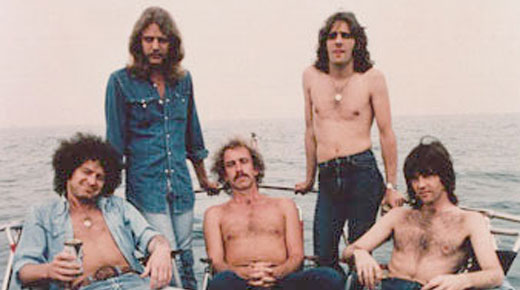A FEW YEARS back, I went to the local launch of Samsung’s Galaxy Note phone. Back then, no one was calling these things ‘phablets’ because the phone/tablet hybrid category didn’t exist. The success of the big Galaxy Note caught the market unawares and according to the industry scuttlebutt, it caught Samsung by surprise too.
 I’d never have picked phablets as a category that would actually go anywhere, let alone become quite popular, especially after having the chance to try one at the launch. Sure, I could see the potential of that big screen as a media platform, and the stylus was a great interface, especially for creative people, but the damn thing was just too big. I couldn’t quite work out who would want to lug one of those things around but for a fair amount of people; carrying one big phone made more sense than dragging around a small phone and a full size tablet.
I’d never have picked phablets as a category that would actually go anywhere, let alone become quite popular, especially after having the chance to try one at the launch. Sure, I could see the potential of that big screen as a media platform, and the stylus was a great interface, especially for creative people, but the damn thing was just too big. I couldn’t quite work out who would want to lug one of those things around but for a fair amount of people; carrying one big phone made more sense than dragging around a small phone and a full size tablet.
Since the Note (which was actually preceded by the Dell Streak for the pedants out there), LG, Sony and Huawei have launched big screen phones, but the lines are blurring – Samsung’s Galaxy 4 smartphone is launching on Friday (NZ time) and it’s reputed to have a 5-inch screen, which isn’t far off the Galaxy Note 2’s 5.5-inch screen. Does that extra half inch of real estate make that much of a difference? I’d say that it doesn’t, but that’s a slippery slope – next thing you know, you’d be happy to lug around a 7-inch phablet, and that’s getting silly.
 I borrowed a Galaxy Note 2 recently to try and see if I could live with a phablet instead of buying a tablet to partner with my normal sized phone. Where the Note 2 really starts to make sense as a tablet replacement is in its stylus. Being able to interact with the device using a pointy stylus instead of a fat finger enhances the user experience, especially once you start treating handwriting as the interface of choice. From a creative perspective, taking notes, drawing pictures and editing photos is far easier on the stylus- equipped device, and the ability to split the screen into two halves and to drag between them is also a game-changer once you’ve tried it.
I borrowed a Galaxy Note 2 recently to try and see if I could live with a phablet instead of buying a tablet to partner with my normal sized phone. Where the Note 2 really starts to make sense as a tablet replacement is in its stylus. Being able to interact with the device using a pointy stylus instead of a fat finger enhances the user experience, especially once you start treating handwriting as the interface of choice. From a creative perspective, taking notes, drawing pictures and editing photos is far easier on the stylus- equipped device, and the ability to split the screen into two halves and to drag between them is also a game-changer once you’ve tried it.
So the Note 2 is a powerful creative and production tool, but is it any good as a media platform? It is, actually. The big screen makes games and movies look terrific and the 1.6Ghz Quad-Core processor and 2Gb of RAM make it responsive under any conditions. That’s more grunt than my netbook, so the Note 2 blitzes through opening apps and switching between them, plays video clips or games with no lag or jitter, and multitasks with a nonchalant ease. Samsung missed a chance to give the Note 2 a real point of difference by providing some serious audio – the single feeble speaker is standard smartphone fare, which is a shame with all that space on the back panel. Battery life proved to be excellent despite all the power under the hood.
So all in all, the Galaxy Note 2 is a killer Android-based smartphone. It does everything it set out to do and it does it well. The only fly in the ointment is that the damn thing really is too big. You don’t get that big screen without a big body, and as slim as it is, the Note 2 is too vast to be comfortably used as a phone even with my decent-sized hands. It always feels as if it’s teetering on the edge of traction, about to slip from my fingertips and fling itself to the floor to become another insurance claim. The estimated lifespan in my care would be measured in weeks, not years. It’s also too big to fit in the pockets of my jeans, which is where my iPhone and every other phone for decades has happily lived. So I’d need a manbag? May as well buy an iPad Mini then.
For many consumers, phablets are the answer to a prayer. To me, they’re perfect at home but too big for the real world, which means that a 7-inch or 10-inch tablet is still right for me. Your mileage may vary. ASHLEY KRAMER














